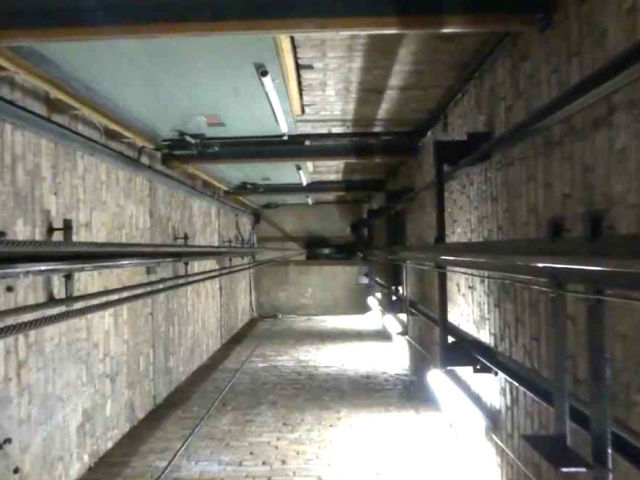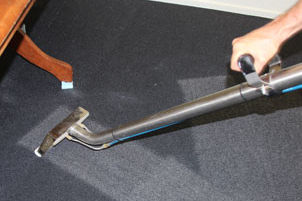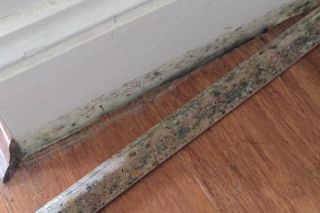How to remove water damage from a lift well elevator shaft
Often times when there is water damage in a commercial building, water will leak into the bottom of the lift well. It is also very common for the sump pump installed in lift wells to fail. On several occasions, we have been asked to remove this water from the lift well and dry out the area.

It is important to ensure the water is removed as quickly as possible to ensure there is no corrosion on the important metal parts or elevator components.
This article will discuss how we do this.
1. It is necessary for us to liaise with a properly qualified lift technician. They can secure the lifts and make it safe to complete the water extraction and the drying
2. Removal of water damage – This can be done using a suitable sump pump which can be hired from a reputable hire company. See the picture to the right. The pump is submersed in the lift well to remove any standing water. The residual water at the bottom of the lift well after pumping with a sump pump can be removed with mopping or a reliable carpet cleaning water extraction machine.
3. Removal of contaminants – Sometimes the water damage at the bottom of the lift well could be contaminated (i.e. sewage). In this case we would
- Pressure clean and extract to concrete block wall in the lift well
- Pressure clean and antimicrobial treatment to lift base and electrical cabling
- Treatment of block walls and concrete floor surfaces with an alkaline solution
4. Drying of concrete brickwork – in many cases it is important to dry the water damage from a lift to ensure there is not a mould problem in the building later on. If the water in the well has been sitting there for long periods of time, the bricks can become saturated. If the brickwork is not dried, it is possible the moisture can encourage bacteria and mould problems. This can cause hazardous odours throughout the building.
In the picture on the right, we use a desiccant dehumidifier for 8 days at the bottom of the lift well as well as 2 air movers to dry the surrounding brickwork.
If you have water damage in your lift well, please call us so we can help remove the water



